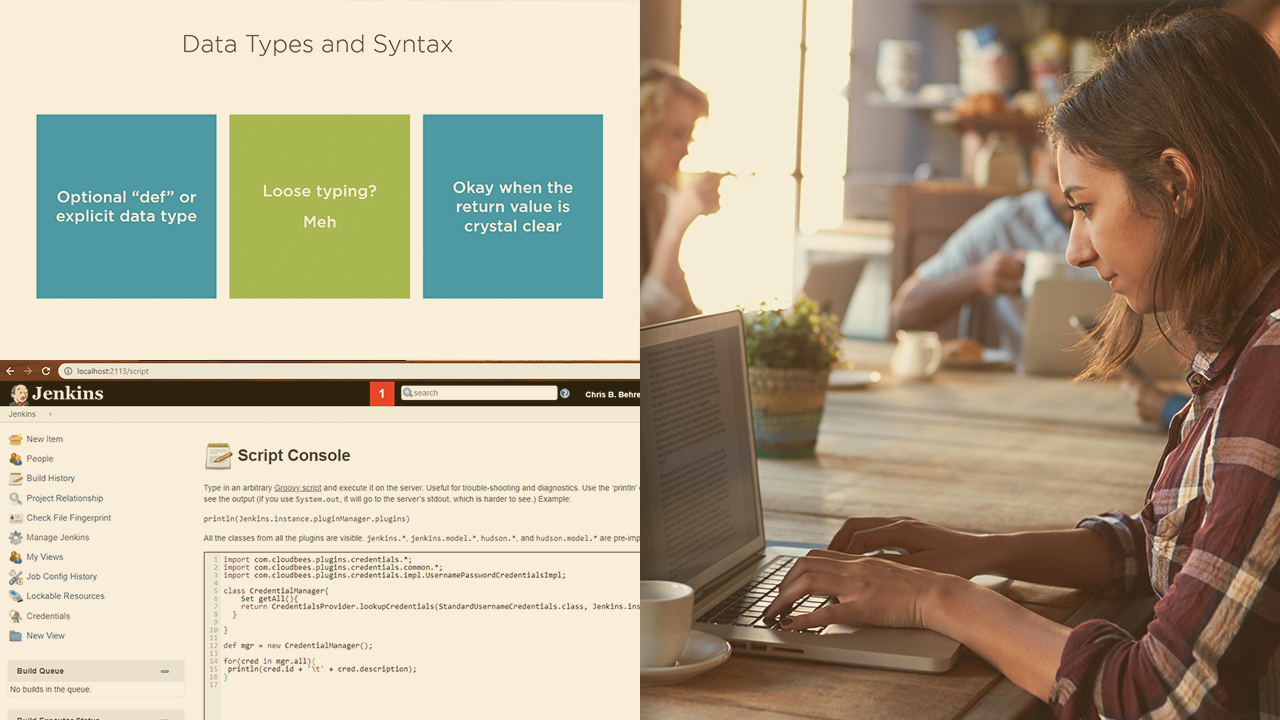Description
In this course, you will learn:
- Creating a Jenkins master instance
- Installing Java, Jenkins, and NGINX
- Creating SMTP credentials for SES
- Planning a build environment
- Creating roles, groups, and key pairs
- Creating a build server
- Connecting a master instance to a build server
- Planning a CI/CD pipeline
- Creating a GitHub repository for application code
- Deploying to Elastic Beanstalk from GitHub
- Adding email notifications
- Removing AWS resources
Syllabus:
- Introduction
- Running Jenkins on AWS
- What you should know
- What's new in this update
1. Set Up Jenkins
- Create a security group
- Create a key pair
- Create the Jenkins EC2 instance
- Install Java, Jenkins, NGINX
- Configure NGINX
- Configure Jenkins
- Challenge: Set up a Jenkins master server
- Solution: Set up a Jenkins master server
2. Create a Build Environment
- Plan the build environment
- Server
- Create a security group and key pair for the build server
- Create the build server
- Connect the Jenkins master to the build server
- Challenge: Set up a build server
- Solution: Set up a build server
3. Connect Jenkins with Webhooks
- Plan the CI/CD pipeline
- What's a webhook?
- Create and test a webhook
- Challenge: Connect Jenkins to GitHub
- Solution: Connect Jenkins to GitHub
4. Deployment to Elastic Beanstalk
- Create an Elastic Beanstalk application
- Download the application code
- Create a GitHub repository for the application code
- Create a freestyle job to deploy code from GitHub, part 1
- Create a freestyle job to deploy code from GitHub, part 2
- Deploy to Elastic Beanstalk from GitHub
- Challenge: Deploy to Elastic Beanstalk from GitHub
- Solution: Deploy to Elastic Beanstalk from GitHub
5. Shutting Down AWS Resources
- Stop or remove AWS resources
- Challenge: Decommission your Jenkins servers
- Solution: Decommission your Jenkins servers









